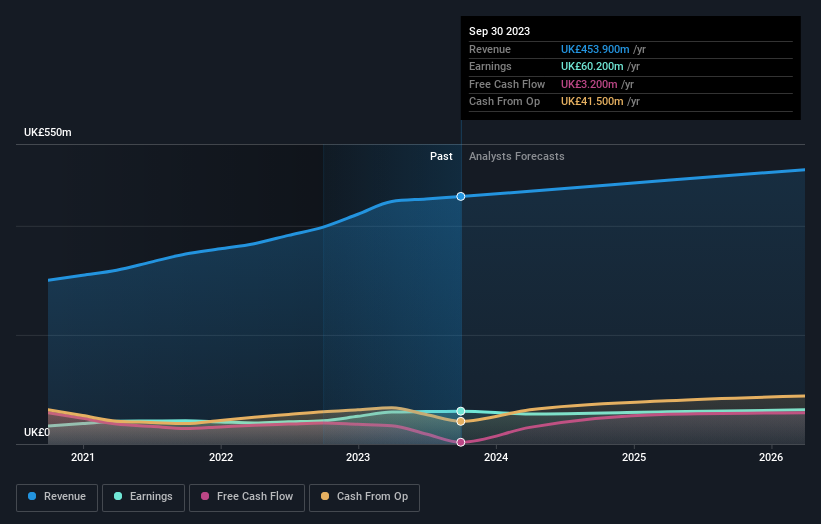When Should You Buy Oxford Instruments plc (LON:OXIG)?
Oxford Instruments plc (LON:OXIG), might not be a large cap stock, but it saw a double-digit share price rise of over 10% in the past couple of months on the LSE. While good news for shareholders, the company has traded much higher in the past year. With many analysts covering the stock, we may expect any price-sensitive announcements have already been factored into the stock’s share price. However, could the stock still be trading at a relatively cheap price? Let’s examine Oxford Instruments’s valuation and outlook in more detail to determine if there’s still a bargain opportunity.
See our latest analysis for Oxford Instruments
Is Oxford Instruments Still Cheap?
According to our price multiple model, which makes a comparison between the company's price-to-earnings ratio and the industry average, the stock price seems to be justfied. In this instance, we’ve used the price-to-earnings (PE) ratio given that there is not enough information to reliably forecast the stock’s cash flows. We find that Oxford Instruments’s ratio of 22.75x is trading slightly below its industry peers’ ratio of 23.31x, which means if you buy Oxford Instruments today, you’d be paying a decent price for it. And if you believe Oxford Instruments should be trading in this range, then there isn’t much room for the share price to grow beyond the levels of other industry peers over the long-term. In addition to this, it seems like Oxford Instruments’s share price is quite stable, which could mean there may be less chances to buy low in the future now that it’s trading around the price multiples of other industry peers. This is because the stock is less volatile than the wider market given its low beta.
What kind of growth will Oxford Instruments generate?
Future outlook is an important aspect when you’re looking at buying a stock, especially if you are an investor looking for growth in your portfolio. Although value investors would argue that it’s the intrinsic value relative to the price that matter the most, a more compelling investment thesis would be high growth potential at a cheap price. Though in the case of Oxford Instruments, it is expected to deliver a relatively unexciting earnings growth of 1.1%, which doesn’t help build up its investment thesis. Growth doesn’t appear to be a main reason for a buy decision for the company, at least in the near term.
What This Means For You
Are you a shareholder? OXIG’s future growth appears to have been factored into the current share price, with shares trading around industry price multiples. However, there are also other important factors which we haven’t considered today, such as the financial strength of the company. Have these factors changed since the last time you looked at OXIG? Will you have enough conviction to buy should the price fluctuate below the industry PE ratio?
Are you a potential investor? If you’ve been keeping tabs on OXIG, now may not be the most advantageous time to buy, given it is trading around industry price multiples. However, the positive growth outlook may mean it’s worth diving deeper into other factors in order to take advantage of the next price drop.
Keep in mind, when it comes to analysing a stock it's worth noting the risks involved. In terms of investment risks, we've identified 1 warning sign with Oxford Instruments, and understanding it should be part of your investment process.
If you are no longer interested in Oxford Instruments, you can use our free platform to see our list of over 50 other stocks with a high growth potential.
Have feedback on this article? Concerned about the content? Get in touch with us directly. Alternatively, email editorial-team (at) simplywallst.com.
This article by Simply Wall St is general in nature. We provide commentary based on historical data and analyst forecasts only using an unbiased methodology and our articles are not intended to be financial advice. It does not constitute a recommendation to buy or sell any stock, and does not take account of your objectives, or your financial situation. We aim to bring you long-term focused analysis driven by fundamental data. Note that our analysis may not factor in the latest price-sensitive company announcements or qualitative material. Simply Wall St has no position in any stocks mentioned.

 Yahoo Finance
Yahoo Finance 
